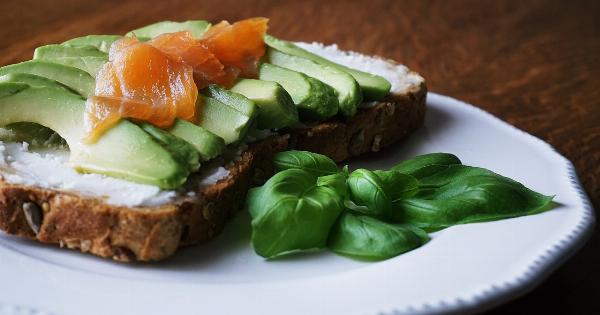Protein is an essential nutrient that is critical to the growth, repair, and maintenance of various tissues in the human body. It is also vital for the production of enzymes, hormones, and antibodies.
Therefore, it is necessary to include high-protein foods in your diet to ensure optimal health. Here are ten high-protein foods you can add to your diet:.
1. Eggs
Eggs are an excellent source of protein, containing about 6 grams of protein per large egg. Additionally, they are low in calories and high in nutrients such as vitamins B6 and B12, folate, and selenium.
Research has shown that consuming eggs for breakfast can aid weight loss and improve satiety throughout the day.
2. Greek Yogurt
Greek yogurt is another high-protein food that can be consumed as a snack or in meals. It contains twice the amount of protein as regular yogurt, with about 23 grams of protein per cup.
Greek yogurt is also an excellent source of gut-healthy probiotics and calcium, which is essential for bone health.
3. Lean Chicken Breast
Lean chicken breast is a popular high-protein food choice, containing about 31 grams of protein per 100-gram serving. It is also low in fat and calories, making it an ideal protein source for weight loss and muscle building.
Chicken breast is also a good source of B vitamins and minerals, including phosphorus and selenium.
4. Tuna
Tuna is a fish that is rich in protein, containing about 30 grams of protein per 100-gram serving. It is also a good source of omega-3 fatty acids, which can reduce inflammation and improve heart health.
Tuna can be eaten as a sandwich filling, added to a salad or pasta dish, or consumed as canned tuna.
5. Lentils
Lentils are a plant-based protein source that is high in fiber, vitamins, and minerals. They contain about 18 grams of protein per cup and can be added to salads, soups, stews, or made into a side dish.
Lentils come in various colors, including green, brown, black, and red, and are a rich source of iron and folate.
6. Quinoa
Quinoa is a gluten-free grain that is high in protein, containing about 8 grams of protein per cup. It is also a complete protein, meaning it contains all nine essential amino acids that the body cannot produce on its own.
Quinoa is a versatile grain that can be used to make salads, bowls, or as a side dish. It is also a good source of fiber, iron, and magnesium.
7. Almonds
Almonds are a type of nut that is high in protein, containing about 6 grams of protein per ounce or 23 almonds. They are also a rich source of healthy fats, fiber, and vitamin E, which can reduce inflammation and improve skin health.
Almonds can be eaten as a snack, added to salads, or incorporated into recipes.
8. Cottage Cheese
Cottage cheese is a dairy product that is high in protein, containing about 28 grams of protein per cup. It is also a good source of calcium and B vitamins.
Cottage cheese is a versatile food that can be used as a breakfast food, snack, added to salads, or made into a dip.
9. Turkey Breast
Turkey breast is another lean protein source that is low in fat and calories, containing about 30 grams of protein per 100-gram serving. It is also a good source of B vitamins, such as niacin and vitamin B6, which can aid in energy metabolism.
Turkey breast can be grilled, baked, or roasted and used in many dishes such as sandwiches, wraps, or salads.
10. Edamame
Edamame, or soybeans, are a plant-based protein source that is high in fiber and contains about 17 grams of protein per cup. They are also a rich source of calcium, iron, and magnesium. Edamame can be boiled, steamed, or added to salads and stir-fries.





























